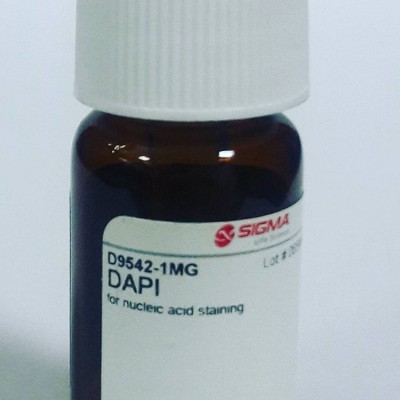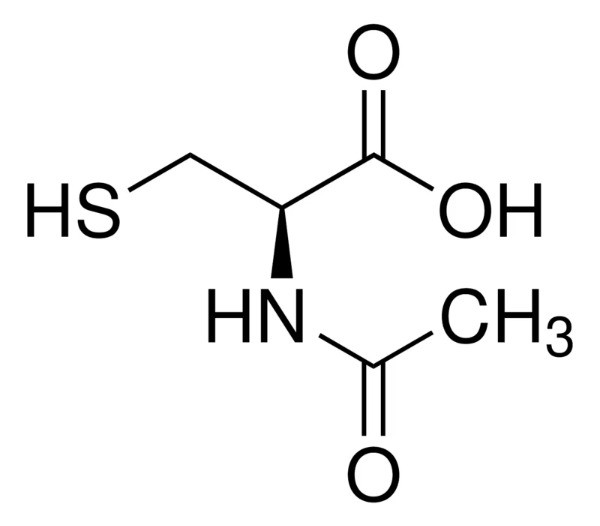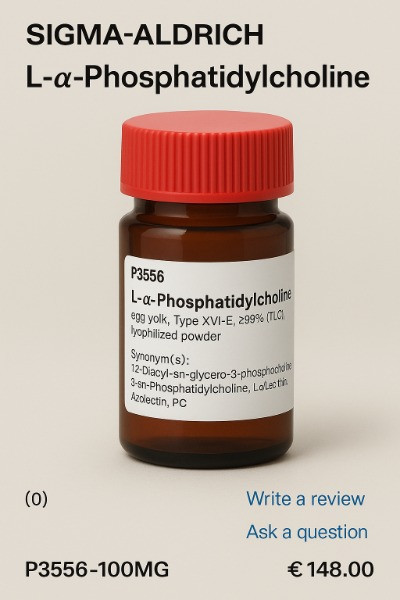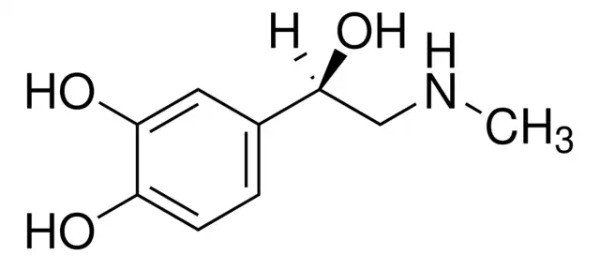اعتبار قیمت تاریخ 1402.7.9
-
CAS Number 28718-90-3
-
Empirical Formula (Hill Notation) C16H15N5 · 2HCl
-
Molecular Weight 350.25
Properties
| Related Categories | Apoptosis Detection, Apoptosis and Cell Cycle, Cell Biology, Cell Signaling and Neuroscience, Fluorescent, |
| Quality Level | PREMIUM |
| grade | for molecular biology |
| InChI Key |
FPNZBYLXNYPRLR-UHFFFAOYSA |
| assay | ≥98% (HPLC and TLC) |
| form | powder |
| solubility | H2O: soluble20 mg/mL (heat or sonication may be required. Solutions stored in the dark at room temperature or 4 °C should be stable for 2 to 3 weeks.) |
| PBS: insoluble | |
| absorption | ε1mM/263 nm, H2O 30 |
| fluorescence | λex 340 nm; λem 488 nm (nur DAPI) |
| λex 364 nm; λem 454 nm (DAPI-DNA-Komplex) | |
| suitability | suitable for fluorescence |
| storage temp. | 2-8°C |
Description
Frequently Asked Questions
Frequently Asked Questions![]() are available for this Product.
are available for this Product.
Frequently Asked Questions![]() are available for this Product.
are available for this Product.
Biochem/physiol Actions
Cell permeable fluorescent minor groove-binding probe for DNA. Binds to the minor groove of double-stranded DNA (preferentially to AT rich DNA), forming a stable complex which fluoresces approximately 20 times greater than DAPI alone.
Caution
Protect from light.
Packaging
1, 5, 10, 50 mg in glass bottle
Application
DAPI is several times more sensitive than ethidium bromide for staining DNA in agarose gels. It may be used for photofootprinting of DNA, to detect annealed probes in blotting applications by specifically visualizing the double-stranded complex, and to study the changes in DNA and analyze DNA content during apoptosis using flow cytometry. DAPI staining has also been shown to be a sensitive and specific detection method for mycoplasma.
Suitable for
• DNA staining in agarose gels
• analysis of changes in DNA during apoptosis
• detection of mycoplasma
• photofootprinting of DNA
• immunofluorescent staining of cells
DAPI has been used:-
• in rapid monitoring of microbial contamination[3]
• in chromosomal banding technique[4]
• in detection of apoptotic cells[5]
• in fluorescence microscopy to track the DisA (DNA integritiy scanning protein) movement on Bacillus subtilis DNA[2]
• to stain mature pollen grains(0.5 mg/ml)[1]
General description
DAPI (4′,6-Diamidino-2-phenyli

















